The photograph illustrating this post was taken nine summers ago, on a Sunday, while I was walking along the Thames Path in East London, not far from the Canada Water DLR Station. It captures a random moment: a group of people engaged in conversation, oblivious to the camera. In my view, the poise, ease, concentration and also natural elegance of the people in the photograph create a tableau out of this scene. There is a transformation of the snapshot I took, which includes a lot of the background, into more of a vista, or a cityscape. This “transformation” of the image, which I discovered at a later stage, made me interested in printing it big, my reasoning being, that the larger size would be more suitable to something I now regarded as a cityscape or a view.
This photograph always resonated with me, and over the years I have always been on the lookout for what I would term those “found” tableaux, i.e. situations where a candid image, because of its content or its context or location, expands into a cityscape or a view.
The space occupied by the people here in this image resembles a virtual living room that happens to be open to the public, including myself and the jogger about to enter it. I remember feeling that this space was surrounded by an invisible boundary – a living room that despite being outdoors is, at least for a time, exclusive to the people in it.
I responded to the encounter by photographing it without disturbing the scene. I pressed the shutter at a moment when everything had aligned – the people, the setting, my walk towards the scene and the overall atmosphere. The distribution of the people in the space was intriguing: two sitting on the parapet, one person leaning on it a little further along, and two others sitting on a bench opposite. The sky looks like it could have brought a few drops of rain later. The surrounding objects, both natural and manufactured, like the path leading the eye to a vanishing point, the buildings, the greenery, the street furniture, and the presence of the Thames River beyond the wall, all contributed to a balanced total.
Everything in the photograph was captured as it was encountered – nothing staged or simulated.
The Photographic Equipment I Used
Despite the “expansive” nature of the tableau in question, this photograph was taken with a Nikon 1 J5, which is a small camera that houses a 20-megapixel 1-inch sensor. The lens I used was a 10-100 mm zoom, set at the 10 mm focal length, providing an angle of view equivalent to a 27 mm lens on a 35 mm (24×36 mm) frame. I remember the J5 camera being lightweight but dense and that it felt extremely well put together. My version was black so it looked even smaller than it was.
I was very fond of the Nikon 1 system. I used it alongside other equipment for 5 years until 2020. My setup included two bodies: the J5 and the V2 (a 14-megapixel sensor camera with an EVF). My lens collection comprised: 10 mm (equiv. 27 mm) f/2.8; 18.5 mm (equiv. 50 mm) f/1.8; 32 mm (equiv. 85 mm) f/1.2; a wide-angle zoom 6.7 mm to 13 mm (equiv. 18 to 35 mm) f/3.5-5.8, and a 10 mm to 100 mm “superzoom” (equiv. 27 to 270 mm) f/4-5.6. My entire system of 2 bodies, 5 native lenses, the adapter and one occasional F-mount lens could fit into a 35 cm x 25 cm x 10 cm camera bag. I made some use of the FT1 smart adapter to allow for some integration with my regular F-mount lenses, a few of which could autofocus with the central point. The 2.7 crop factor reduced my options to the widest of my F-mount lenses. This was, of course, because of my particular photographic needs. Had I been interested in the telephoto side of things, then using normal and longer adapted lenses would have been to great advantage. The system’s native lenses were undoubtedly the most suitable for the tiny bodies, as they balanced very well on them, and allowed for full operation. The Nikon 1 system had its own flash system (and a proprietary shoe design on the bodies that offered that feature).
The main challenge I encountered with this system was the need for noise reduction in post-production, especially when using ISO 800 or 1600 or higher. Looking at the system as a whole, beyond my very satisfactory experience with it, I could venture the guess that perhaps it was discontinued before it could reach its full potential. For example, the inherent advantage of magnification due to the small format was perhaps never fully utilised, as no dedicated lenses or accessories for macro and microphotography were ever made available.
Whatever its limitations, the Nikon 1 set-up I had in my arsenal often played a useful role as a “third camera” when I was photographing events (be those corporate, religious, or sporting). Moments when silence mattered, or whenever a tiny camera could appear friendlier to a subject or just not noticed. The files offered very good recoverability from the shadows if that was needed and the colour output was similar (identical?) to that of my main equipment. In addition, I used it extensively for my own personal projects.
Opportunities for Printing Large
Lately, I have been looking at photographs I have taken with Nikon 1 cameras, as well as small sensor cameras which I consistently use for personal work, to explore the possibilities for quality enlargements in light of AI-powered post-production software.
Do cityscapes, expansive views or architectural photographs invite the use of larger formats? And what happens if a small format is used? What happens if the small format camera is what we have available when the opportunity to photograph comes along? When using a 1-inch sensor camera for photographing architecture or cityscapes, one approach is to treat the equipment as a note-taking tool for scenes to be re-photographed later with a larger sensor camera. Alternatively, the small sensor equipment could be used in a more journalistic manner, taking multiple photographs to build a story. This might involve capturing images of people interacting with the space, followed by detailed shots of each frame featuring either a person or a detail. By moving closer or using longer focal lengths, you can fill the frame with the subject, ensuring detailed capture. Such a technique focuses on creating a narrative, with each image contributing to the overall story. Neither of these very valid approaches, however, apply to the one-shot discussed in this article.
While the idea is not about trying to replicate with a 1-inch sensor camera the more considered approach of a field camera or medium format camera, and even less, imitating their output, it is, however, possible to achieve large prints if several factors come together when photographing and then later, when processing a file. Advances made in noise reduction software and AI-powered image enlargement mean that with not-at-all difficult post-production work, a good file from a 1-inch imaging sensor could deliver a high-quality, very large print. This possibility might have been available before, but not as easily as it seems to be now.
To conclude, my experience with the one-shot of this post highlighted that even images taken in the past with small sensor cameras or lower megapixel counts can now be prepared for large, detailed prints much more easily. In this case, a photograph I originally regarded as a snapshot can now be printed larger, suitable for the new “category” I bestowed upon it when I “graduated” it to a cityscape.
Share this post:
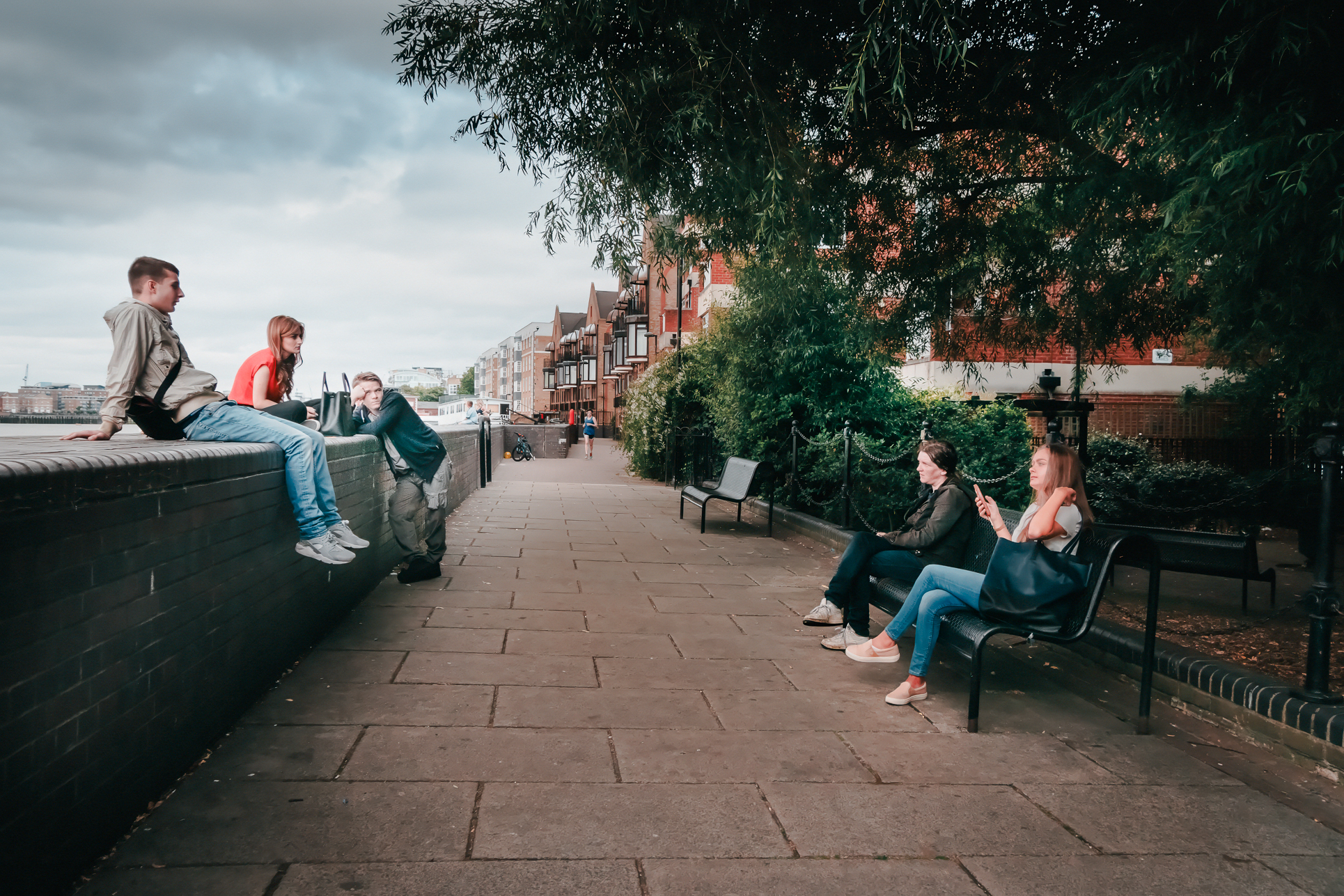
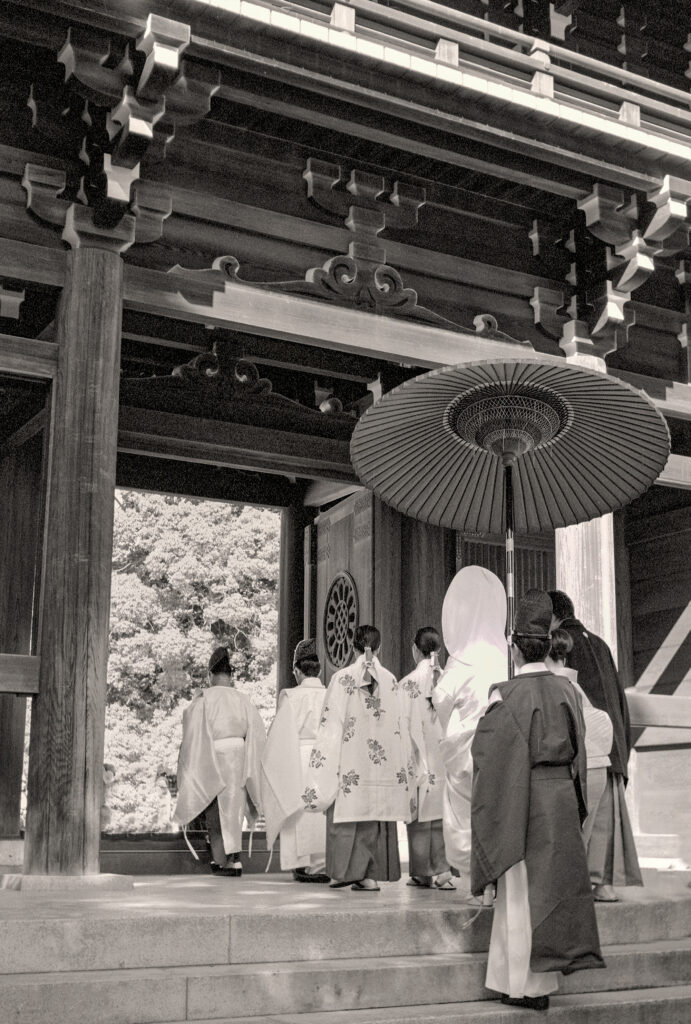
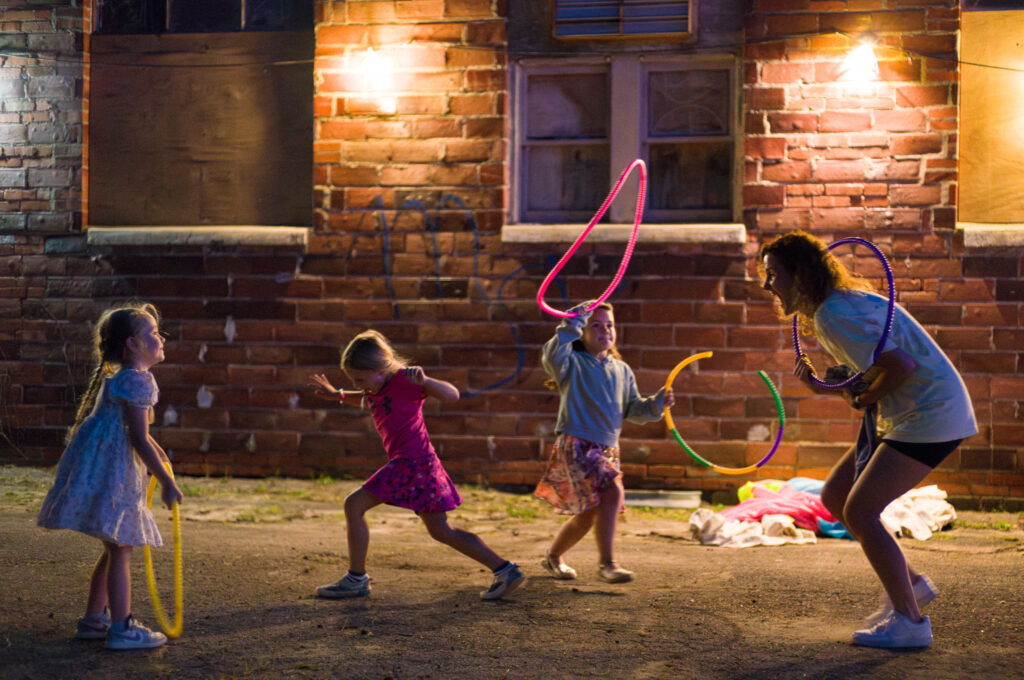
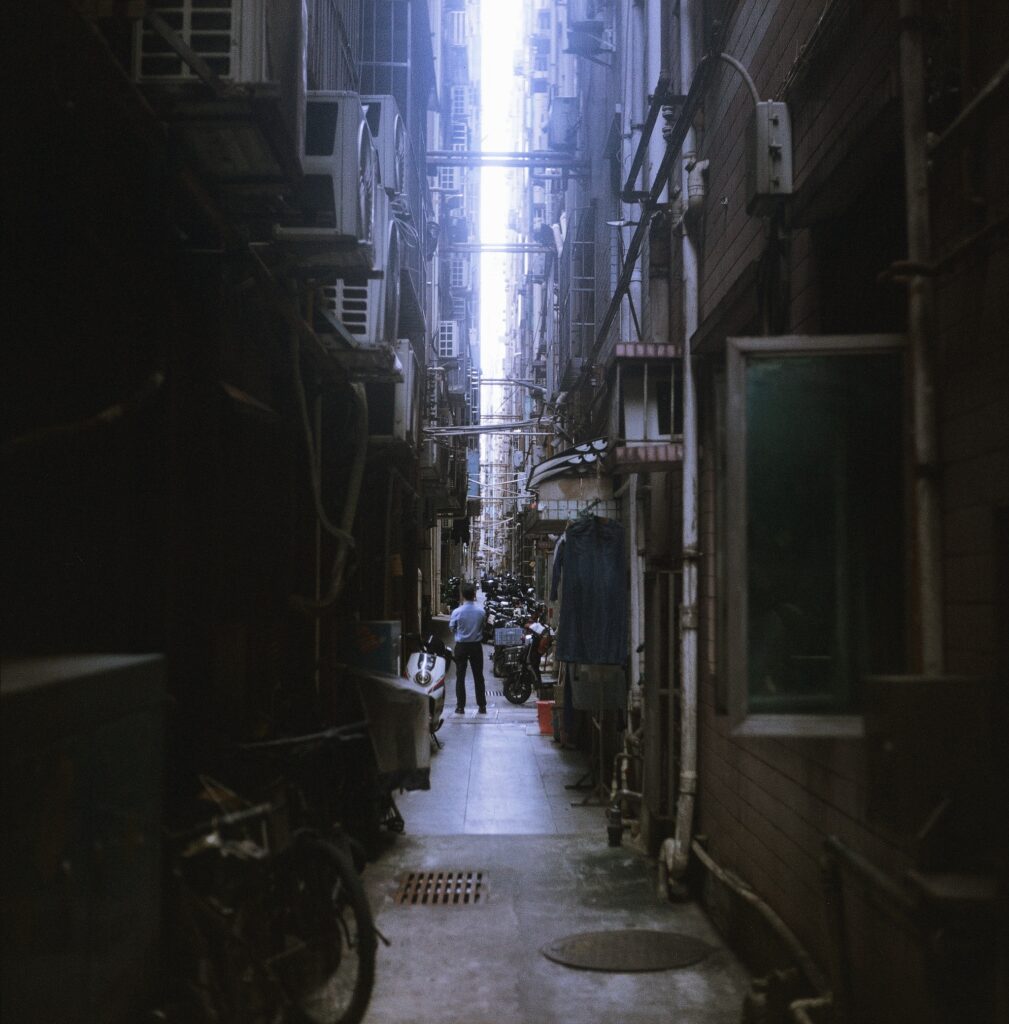
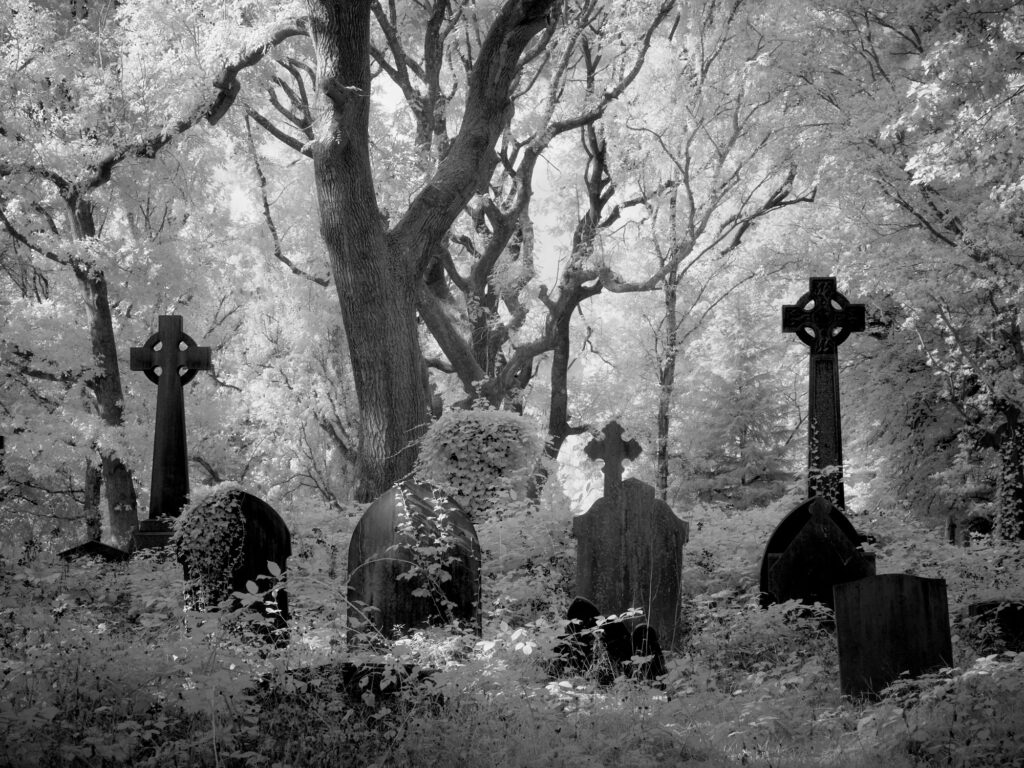




Comments
Gary Smith on An Accidental Living-Room – A One Shot Story
Comment posted: 09/08/2024
I had the opportunity to occasionally shoot with a Nikon 1 some years ago at work. We had purchased it specifically because it could shoot (really) high frame rate bursts and it was reasonably priced (as opposed to a dedicated camera for ultra-high frame rates).
"Accidental Livingroom" captures the mood of your shot! Good job!
Comment posted: 09/08/2024
Tony Warren on An Accidental Living-Room – A One Shot Story
Comment posted: 09/08/2024
Comment posted: 09/08/2024
Harry Weide on An Accidental Living-Room – A One Shot Story
Comment posted: 09/08/2024
Comment posted: 09/08/2024
Charles Corke on An Accidental Living-Room – A One Shot Story
Comment posted: 09/08/2024
Comment posted: 09/08/2024